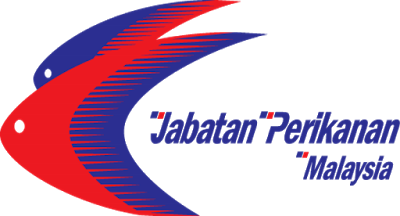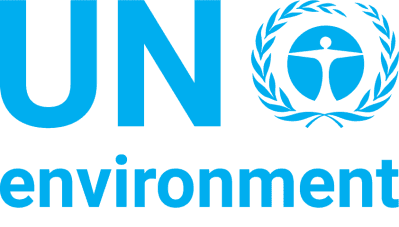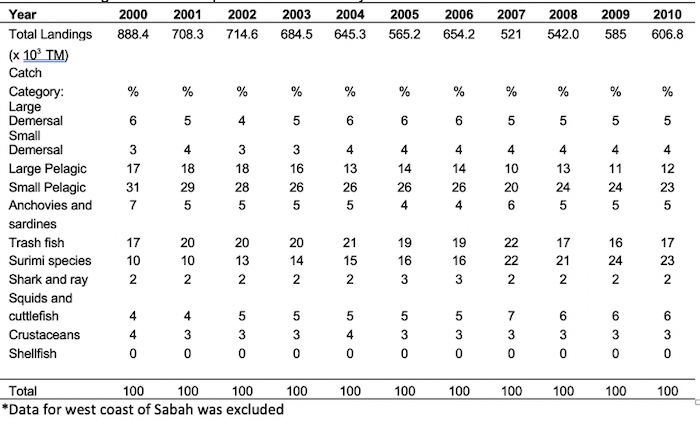Background & Situation Menu
Status and Trends in Fisheries and their Habitats Threats, root causes and barrier analysis Institutional, sectoral and policy context Stakeholder mapping and analysis Baseline analysis and gaps Known Areas of Critical Significance to the Life-Cycles of Fisheries Resources Priority Fisheries Refugia Areas




Establishment of Fisheries Refugia in Malaysia:
Background and Situation Analysis to Support
Status and Trends in Fisheries and their Habitats
Malaysia is a confederation composed of Peninsular Malaysia on the south-eastern tip of the Asian mainland and the States of Sabah and Sarawak in the north-western part of Borneo Island. It has a land area of 330,000 km2 and a coastline of 4,492 km.
Malaysia waters fall in three ecosystems: i) The Straits of Malacca of the Indian Ocean ecosystem with depth seldom exceeding 120 meters off the west coast of Peninsular Malaysia. The bottom gradually slopes downward from its coastline and from the coastline of East Sumatra. ii) The South China Sea ecosystem is off the east coast of peninsular, off Sarawak, and off the west coast of Sabah. The area off the east coast of peninsular has a relatively flat sea bottom and a maximum water depth of about 80 meters, while the waters off Sarawak the depth is more than 1,000 meters. iii) The Sulu-Celebes ecosystem off the east coast of Sabah is located mostly in territorial waters except for those areas in the Celebes Sea.
The marine capture fisheries in Malaysia take place in three distinct areas that have different environmental conditions, namely,
The eastern zone of the Straits of Malacca bordering the west coast of Peninsular Malaysia
The western and eastern corridor of the South China Sea bordering the east coast of Peninsular Malaysia and the west coast of Sabah and Sarawak
The western zone of Sulu and Sulawesi Seas bordering the east coast of Sabah
About 40% of the national landing or 575,503 came from the South China Sea off the east coast of Peninsular Malaysia, Sarawak, and west coast of Sabah in 2010. Inshore waters (an area of less than 30 nautical miles from the coastline) contributed most of the catch and fishing vessels were usually below 70 gross tonnes. This is consistent with the large number of inshore fishing vessels plying in the area. Trawls and purse seines are the two major gear types and contribute to most of the landings.
Table 1 presents the trend on the contribution to the landings bycatch category from 2000 to 2010. Large and small demersal species and shrimp show a stable or slight decline. Contribution of pelagic species including anchovy and sardine were in a decline. The contribution from sharks and rays were stable, while squid and cuttlefish increased.
Scads and Mackerel are the two major groups among the small pelagic. Scad's contribution to the total catch was double than of mackerels in the South China Sea. Scads caught in the South China Sea and landed in Malaysia constitute 89% by purse seine and 11% combine catch by trawl, drift/gill net, lift-net, and hook and line.
TABLE 1:Change in catch composition over eleven years in the South China Sea

TABLE 2: Comparison of percentage contribution by catch-category in three ecosystems in 2010

The fish landing trend in the South China Sea from the year 2000-2010 for large and small demersal species and shrimp showed stable or slight decline while the contribution of pelagic species including anchovy and sardine were in a decline. Scad and mackerel are the two major groups among the small pelagic. Observation on the landing of scad shows a declining trend.
Most of the mangrove forests along the west coast of Peninsular Malaysia especially in Kedah (99%), Perak (78%), Selangor (76%), and Johor (68%), have been gazetted as a forest reserve. However, most of them are reported in the degraded condition except in Perak. In Perak, the Matang Mangrove Forest Reserve which was gazetted as a forest reserve in 1906, has been managed sustainably ever since.
In Sabah, it was estimated that 45% of mangrove in Sabah have been exploited for timber in the past, and 40% of these disturbed mangrove forests have been regenerated naturally. Another 15 % of mangrove areas have been cleared for shrimp farming and aquaculture. About 93% of mangrove forests in Sabah are classified as Permanent Forest Reserve (Class V) under the Forest Enactment 1968. The Forestry Department of Sabah through the Forestry Resource Division focuses its restoration programs in mangrove reserve along with the coastal areas of Sabah.
Total coral reef areas in Malaysian waters are estimated at about 3600 km2 with up to 350 species of coral. Coral reefs in Malaysia could be observed in many islands near the mainlands as well as surrounding the oceanic islands in the South China Sea. In Peninsular Malaysia, the coral areas are mostly found off the east coast waters. Almost all islands off Terengganu, Johor, and Pahang are well known as coral reef beds, such as Pulau Redang (40% coverage) off Terengganu, Pulau Tioman (37% coverage) off Pahang, and Pulau Pemanggil (41% coverage) off Johor. On the west coast of Peninsular Malaysia, only islands off Kedah are having good coverage of coral reefs such as Pulau Paya (34% coverage) and Pulau Kaca (24% coverage) (Jabatan Taman Laut, Malaysia). Most of these islands have been gazetted as the Marine Park.
The coral reef is a rare feature in Sarawak. There is a lack of rocky bottoms and the presence of many rivers on the mainland causes the sea bed to have a clay bottom. The reefs of Sarawak are limited to the areas off the shore of Bintulu, Miri, and offshore islands including the Talang-Satang region. The Talang-Talang region situated off the coast of Sematam is the most diverse ecosystem found off Sarawak. There are the home and nursery for thousands of species of marine life and is the nesting habitats of the endangered marine turtles.
Sabah contains the largest concentration of reefs in Malaysia, comprise more than 75% of country reefs. The southeast and northeast shore of Sabah is most notable for coral reef development. In the southeast, the Semporna area and the Darvel bay form chains of reef and islands which continue into the Philippines. Pulau Banggi and Pulau Balambangan, at the northern extent of Sabah lying between the Sulu and South China Seas, have good reef development extending through a series of reefs and small islands south towards Sandakan, out into the Sulu Sea. Five marine parks have been gazetted in Sabah.
Pulau Redang, the first marine park in Malaysia has been gazetted in 1983. To date, the waters of 39 islands off Peninsular Malaysia and 3 islands off Labuan have been gazetted as marine parks. In addition, there are three marine parks in Sarawak and five in Sabah. Despite the marine park has success in promoting tourism in the country, serious damage caused by divers seems to be the main factor of coral mortality in Peninsular Malaysia. Many corals reef areas that are not in the marine zones are mostly degraded to the extent of threatened due to destructive fishing, land reclamation, boats, and shipping.
There is no precise or reliable information on the coverage of seagrass in Malaysia. The majority of seagrasses in Malaysia are restricted to shelter areas in the shallow intertidal associated ecosystems, semi-enclosed lagoons, and subtidal zones. There are 18 species of seagrass recorded in Malaysia which belong to three families i.e. Cymodoceae (6 species), Hydrocharitaceae (11 species), and Potamogetonaceae (one species).
In Peninsular Malaysia, seagrass is found in Langkawi islands, Penang, Pangkor island, Port Dickson, Melaka, Sungai Pulai estuary, Tanjung Adang, Strait of Johor, Sungai Johor, Mersing Island Marine Park, Kemaman, Paka, Merchant, Setiu Lagoon, Pulau Redang, Pengkalan Nangka and Pantai Baru (Kelantan). Seagrass bed happened to be in the marine parks or forest reserves are likely to be protected. However, some seagrass beds which are not in these protected areas are probably facing destruction by human activities such as coastal urbanization and industrial development.